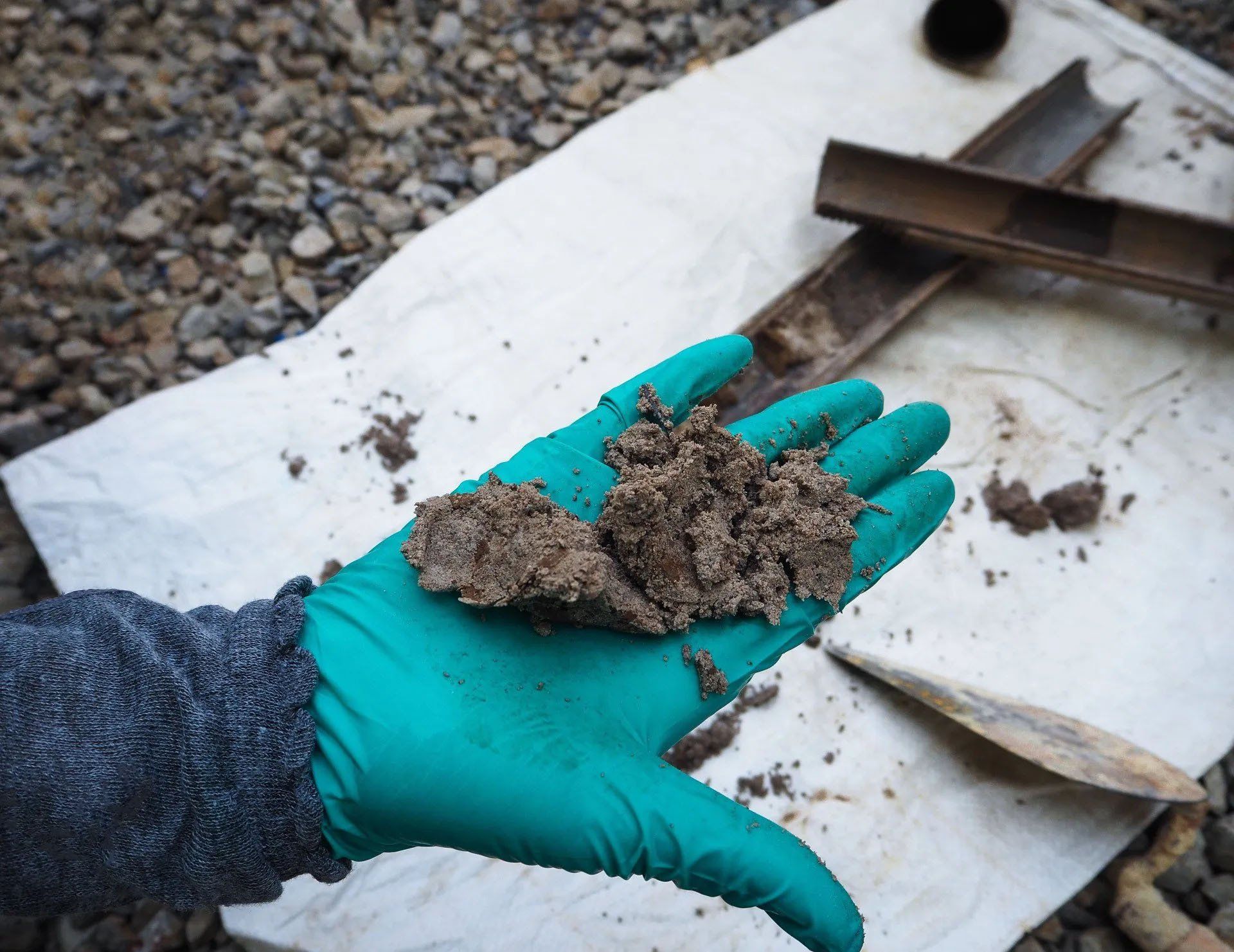Steps Required for Septic Pumping
Steps Required for Septic Pumping
One of the septic tank maintenance tasks you will need is septic pumping. Fortunately, septic tanks don't just fill up continuously. Some of the waste is decomposed by bacteria and this acts against the process of waste buildup. According to Bio-Sol, a fully functional septic tank must be able to terminate 25%-35% of the biochemical oxygen demand load and at least 60% of solid waste. Regardless of this, you'll still need to have it pumped by a professional septic service at some point. Let's take a look at the steps of the septic pumping process.
Inspection
Before septic pumping, your contractor must first conduct an inspection. During the inspection, note the liquid level of the tank in relation to its outlet pipe. If the liquid level is below the outlet pipe, it's highly likely that a tank leak is present somewhere. Conversely, a liquid level above the outlet pipe is an indication that there is a problem with the drain field or the pipe itself. Once the inspection is complete, the contractor can proceed to the actual septic tank cleaning.
Pumping
A tank has to be pumped from the manhole. If the tank can't be pumped from here for some reason, contractors may use the inspection ports. However, this is not advisable because pumping from these ports can damage the baffles and tees. If pumping is to be done from the inspection ports, then both ports should be used so that all areas of the tank are cleaned out. The contractor should conduct an inspection during pumping to check if there is any backflow from the tank outlet pipe. If the backflow is minimal, there could be a sag in the pipe that goes to the drain field. To loosen the sludge in the corners of the septic tank, contractors use a septage spoon and backflush rather than scrubbing or power washing it.
Post-Pumping
The contractor must check the empty septic tank and note if there is any structural damage. For instance, there could be an open weep hole, damaged baffles, leaking mid seam, or cracks. Once they are done, they should file a report of the completed pump-out with the town.
Now that you know a bit more about the steps taken during septic pumping, you can feel confident when your contractor comes to clean your tank. It's important to ensure that this is done correctly to avoid damaging the tank. If you're looking for someone to pump your septic tank for you, get in touch with ProSeptic today. We look forward to hearing from you.




